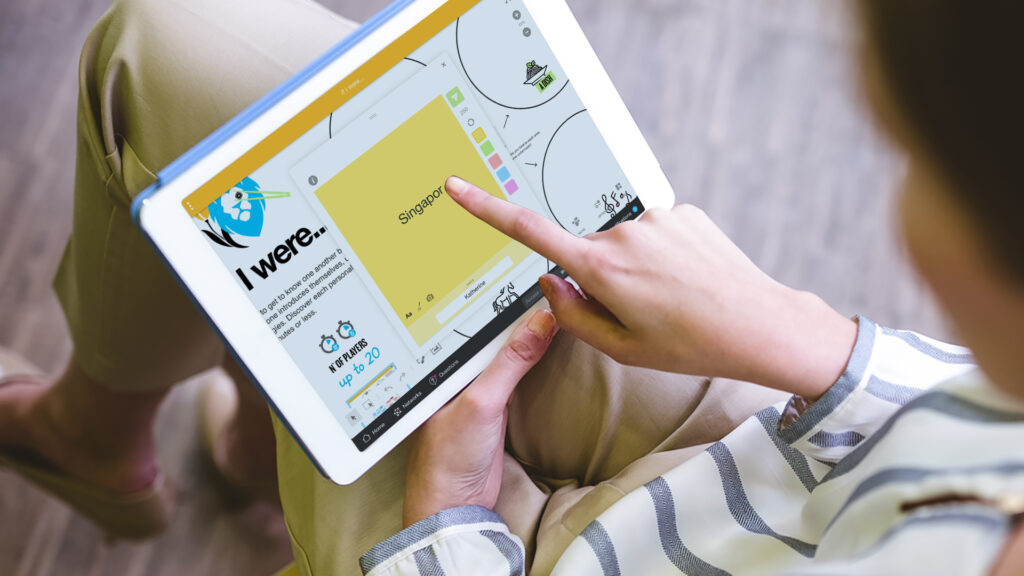How Workshops Work For Innovation to Enhance Your Meetings
What separates a workshop from a meeting? As Oxford Languages characterizes it, a meeting is “a gathering of people, particularly the individuals from a general public or communities, for conversation.” However, a workshop is “a meeting at which a gathering participates in escalated conversation and action on a specific subject or venture.” These definitions catch something essential about workshops: workshops are working meetings.
Using activities and workshops connects members in active problem-solving thinking rather than everyday conversation. Workshops unite people to team up on a wide assortment of expected difficulties or open doors officially. Workshops are essential because they separate routine reasoning and conversation examples to make an engaged holder for grasping problems, characterizing objectives, investigating arrangements, and producing heading. Similarly, Klaxoon is a great hybrid workshop platform to solve your issues.
Enhance meeting efficiency
A review at the University of North Carolina indicated that “71% of ranking directors said meetings are ineffective and wasteful. Additionally, 65% said meetings hold them back from finishing their work, while 62% said meetings pass up on valuable chances to unite the group.”
While workshop methods are best when applied to a particular issue or objective, there are still methods that can be integrated into formal meetings to develop correspondence further. Workshop exercises like Who-Do, where members recognize the people and activities related to following stages, explaining jobs and obligations, can undoubtedly be opened to finish a daily stand-up or project the opening shot meeting.
Arrange and adjust groups around issues
Development workshop methods can be precious for encouraging effective correspondence for objectives and mutual perspective. Numerous ways permit gatherings to explain the issue distinguished, share their one-of-a-kind points of view, and meet up on characterizing clear goals.
Exercises, for example, Altitude, permit people to investigate a pain point from various degrees of extension. At the same time, a movement like Context Map can be utilized to explain why the predefined challenge exists and is significant.
Produce direction and momentum
Going with choices can end up being a deadening point for some groups. One Harvard Business Review study saw that “57% of recently delegated leaders said that choices were surprisingly confounded and troublesome.”
Whether this trouble originates from a lot of information, high degrees of intricacy, or an absence of crucial direction, formalizing dynamic methods can assist with facilitating the mental weight. Workshops for development give precise techniques and exercises to picking arrangements and making energy with the goal that choices arrive at execution.
Investigate all components of an issue
A review distributed in the Association for Computing Machinery found a direct relationship between the numbers of points of view utilized in characterizing an issue with the number of arrangements created later. Workshops are remarkably fit to uncover further comprehension of a problem or noticed conduct, producing more possible interpretations.
Whether correspondence exercises permit different members to share their insight and point of view or client interview exercises that allow a bunch of individuals to investigate an offered space or chance, development workshop methods can empower a more profound comprehension of a given theme.
Make space for all voices to be heard
As far off, the sound and video conferencing keep filling reception, guaranteeing that all voices are gotten and a variety of thoughts are shared remaining parts a reliable test. SHRM concentrated 56% of respondents said “bunch discussions —, for example, during meetings — are bound to create miscommunication than one-on-one communications.”
The four Ps of development workshops
A straightforward system for moving toward a workshop begins by pondering the general progression of the gathering critical thinking process. This starts with sorting out and adjusting members, understanding and characterizing the issue, investigating and explaining potential thoughts, and making an execution plan.
• People: Using help procedures to encourage people to be situated, empowered, and involved.
• Problems: Framing the test within reach appropriately.
• Possibilities: Doing unique and concurrent reasoning to investigate then slender on arrangements.
• Plan: Making choices and focusing on endeavours to achieve a characterized objective.
Conclusions:
Thus, workshops are a great way of enhancing your meeting experiences.

